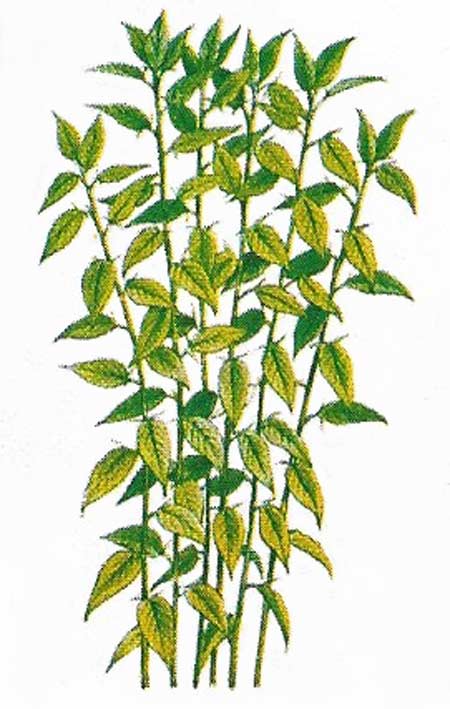flax and jute

Figure 1. Flax.

Figure 2. Jute.
Flax
Flax, Linum usitatissimum (family: Linnacaea), is an important temperate and subtemperate plant. Only one of several species is cultivated for its fiber and rich oil seeds. The native flax of Eurasia is a straw-like annual, 60–90 centimeters (2–3 feet) high, whose white, blue, or pink flowers ripen into seed bolls (Figure 1). The crop is usually harvested after about 14 weeks, when the fiber is separated from the seed. The fibers are then soaked and scraped away from the woody stem and the longer ones are combed out and spun into yarn, which is turned into linen. The seeds are squeezed to give oil.
Flax is an annual, often grown in gardens as an ornamental plant. It has long narrow leaves and attractive pale blue flowers.
Jute
Jute (Corchorus sp) is native to India. This tall annual plant (Fig 2) yields a fine blast fiber that is cheap, easy to bleach and dye and can be readily woven into coarse fabrics, sacking, ropes and twine.
Flax and jute products
The Babylonians and ancient Egyptians used rope made from flax to raise the blocks of stone with which they made their buildings. The bands wound around the mummies of the Pharaohs were also made of flax. This indicates that flax was probably the first plant to be used as a textile – it was cultivated as long ago as 1,000 BC. It originated in Asia Minor and is mentioned in the Book of Exodus.
Bed and table linens are fabric made from flax, which combine strength with fineness and pliability. Linen is also highly absorbent and is used for drying towels. Flax can be made into a rag pulp for cigarette papers.
Jute is a coarse, strong fiber which can be cheaply produced and is therefore made into rope or materials such as hessian, scrim and burlap for sacking and furnishing uses.


